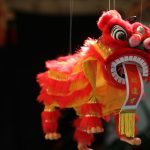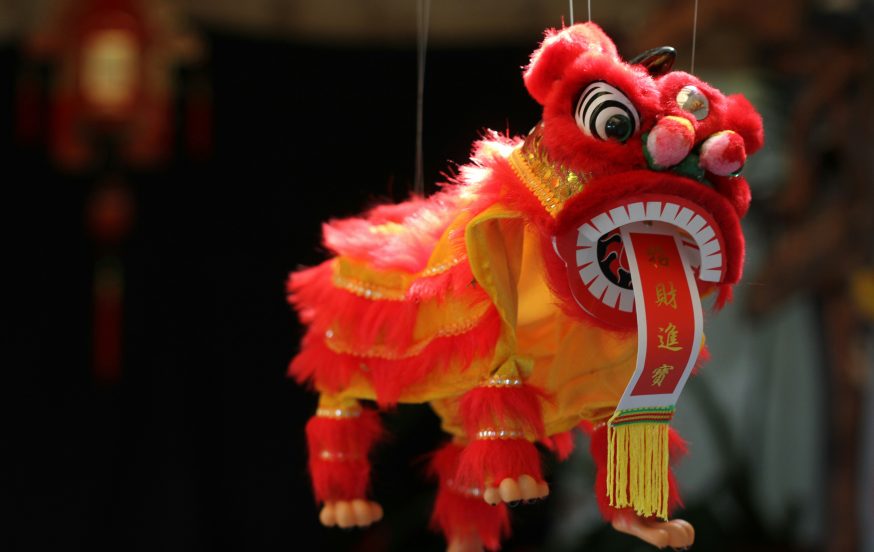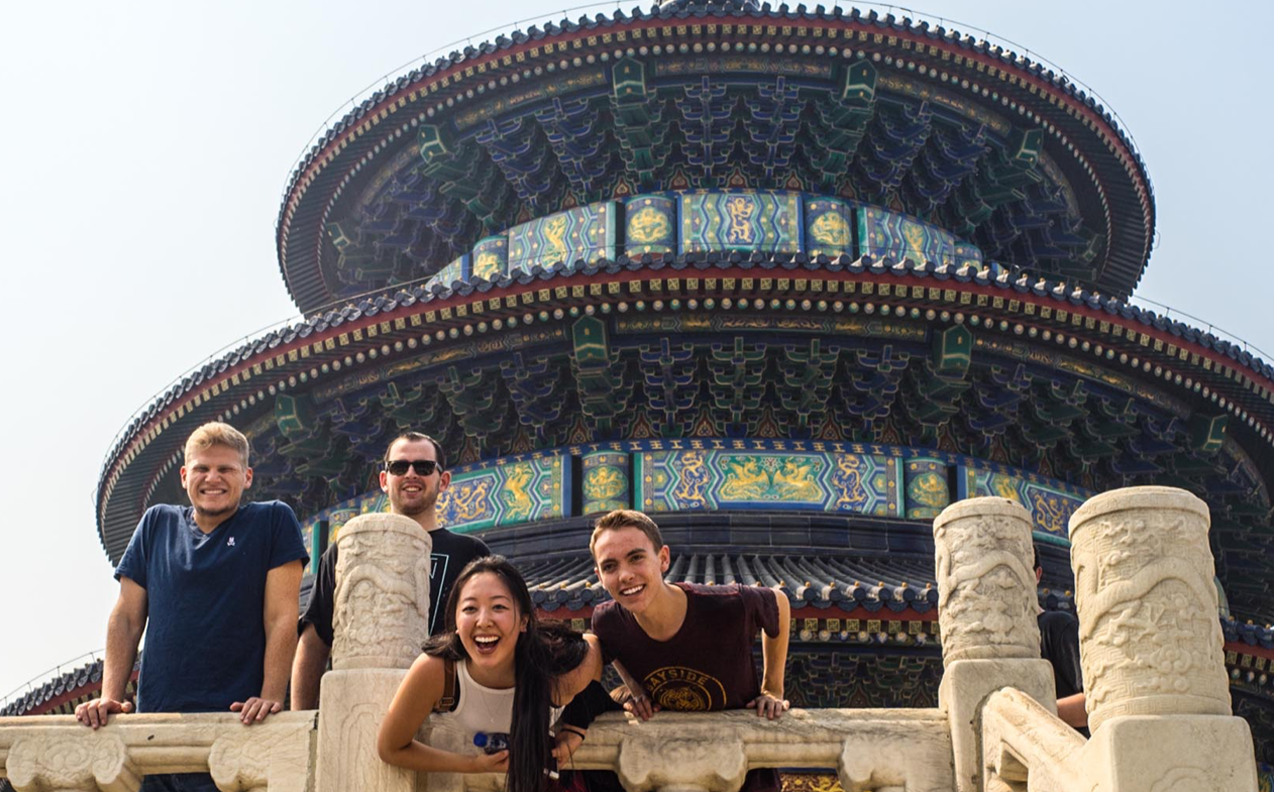Kicking off on Saturday 10 February and lasting for 15 days, the Lunar New Year is a celebration of the arrival of spring and the beginning of a new year on the lunisolar calendar, the Year of the Dragan.
Lunar New Year is the most important holiday in China, and it is also widely celebrated in South Korea, Vietnam, and countries with a significant overseas Chinese population. While the official dates encompassing the holiday vary by culture, it is a time for families to come together for cultural traditions, prepare for the good fortune to come, and, of course, enjoy great food.
Why do we say Lunar New Year instead of Chinese New Year?
Referring to the holidays as Lunar New Year is preferred because it is more inclusive of other Asian New Year celebrations. Different countries have their own name for the new year – in China, it is called Chūn jié; in Vietnam, it is known as Tết; in Korea, it is Seollal; and in Tibet, it is referred to as Losar.
Lunar New Year foods and traditions
Different cultures celebrate the Lunar New Year with various foods and traditions symbolising prosperity, abundance and togetherness. Some households are deep cleaned to remove any ominous spirits that may have been collected during the old year, and cleaning allows space for goodwill and good luck. Some hold rituals to offer food and paper icons to ancestors while others hang red paper and banners with calligraphy messages of good health and fortune inside and outside homes. The colour red is a symbol of good luck and people will often wear red clothes. Parents give their children red envelopes filled with money during the holiday as well. Foods made from rice are commonly eaten, like rice cakes, noodles and dumplings as these foods represent togetherness.
7 interesting facts about The Year of the Dragon
The dragon is one of the most popular zodiac creatures, associated with many positive qualities like nobility, wealth and wisdom. Let’s learn more about the Year of the Dragon with these interesting facts:
- During a dragon year, individuals are believed to tap into the creature’s intelligence and leadership, empowering them to pursue their aspirations with creativity, courage, and confidence.
- The next occurrence of the Dragon zodiac sign will be 2036, marking a twelve-year cycle in the Chinese zodiac.
- The upcoming year’s dragon sign is attributed to wood, symbolising a return to kindness and embodying unlimited potential according to Daoist and Confucian traditions.
- Renowned for its popularity and perceived power, the dragon holds a special place as one of the most esteemed creatures in the Chinese zodiac.
- The Year of the Dragon is highly revered in Chinese culture, prompting a surge in childbirth known as a mini-baby boom as couples aspire to have children born under this favourable sign.
- In Japan, the dragon plays a role in the religions of Shintoism and Buddhism.
- The dragons of East Asian legend have sweeping powers. They breathe clouds, move the seasons, and control the waters (rivers, lakes, and seas). They are linked with yang, the masculine principle of heat, light, and action, and opposed to yin, the feminine principle of coolness, darkness, and repose.
Happy Lunar New Year from all of us at WorldStrides!



